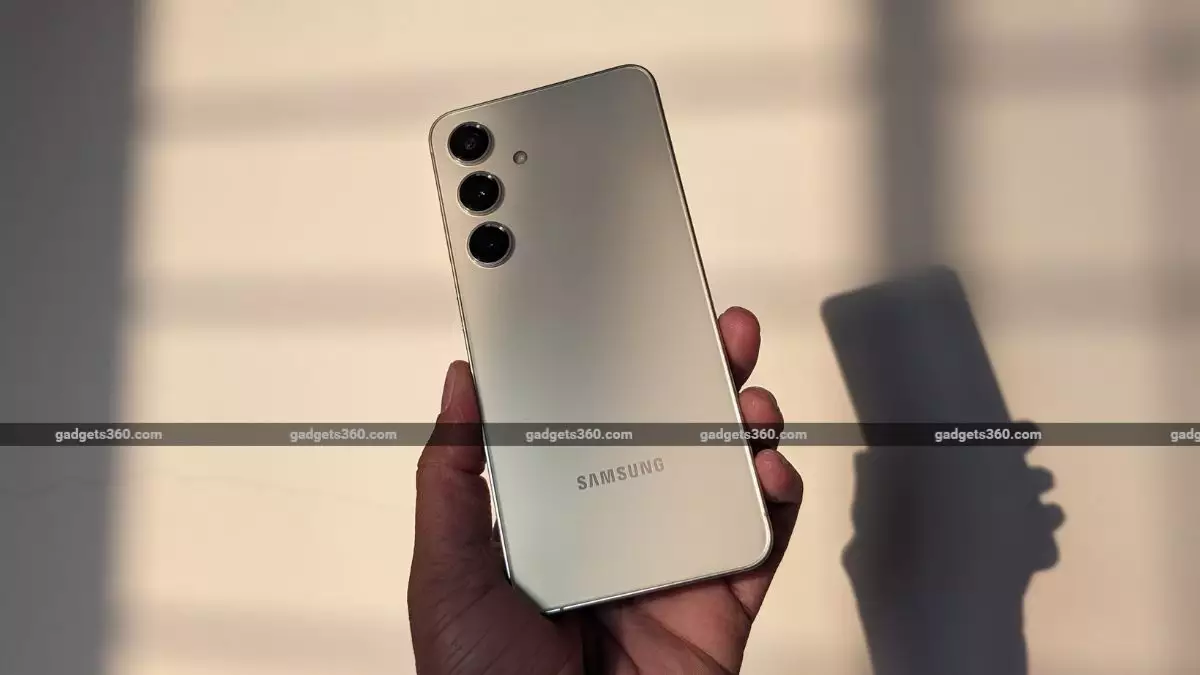As consumers increasingly prioritize portability and aesthetics in their gadgets, major smartphone manufacturers are responding with ultra-slim models designed to capture the market’s attention. Notable players Apple and Samsung are reportedly set to unveil their latest flagship models—the iPhone 17 Air and the Galaxy S25 Slim. These devices are designed not only to be lightweight but also to redefine user expectations in smartphone capabilities while maintaining a sleek form factor.
Rumored specifications indicate that both the iPhone 17 Air and Galaxy S25 Slim may come with significantly smaller battery capacities, estimated to be in the range of 3,000 to 4,000mAh. This strategic decision appears to be focused on preserving a slim profile, with the devices potentially measuring between 5.xmm to 6.xmm in thickness. However, thinner designs often lead to concerns about battery life and heat management. Traditional norms prompt skepticism about whether these phones can sustain decent runtime given their reduced battery size, especially compared to alternative slim models from Chinese manufacturers boasting upwards of 5,000mAh.
While Chinese smartphone companies have recently adopted advanced Silicon-Carbon technology, which enhances energy density in their battery solutions, industry giants Apple and Samsung seem slower to integrate such innovations. Their focus remains on aesthetic appeal—which often results in longer charging times and potentially less efficient power management. This could position Apple’s and Samsung’s offerings at a disadvantage in terms of overall user experience.
The upcoming iPhone 17 Air might not only be the thinnest model Apple has ever released, boasting a projected thickness of around 5.5mm, but it will also pave the way for new technology preferences. The anticipated device is expected to eliminate the traditional SIM card slot, instead fully supporting eSIM capabilities, thereby contributing to its slim design. Features such as a 6.6-inch OLED display with 120Hz ProMotion and Apple’s Dynamic Island are among the highlights. In terms of photography, users might be offered a 48-megapixel rear camera coupled with a 24-megapixel front-facing camera, catering to the growing demand for high-quality mobile photography.
Meanwhile, the Samsung Galaxy S25 Slim is also expected to impress with its specifications. Sporting a 6.66-inch display, it aligns closely with the Galaxy S25+. On the photography front, the device aims to deliver striking images through a powerful configuration comprising a 200-megapixel main camera, a 50-megapixel ultra-wide-angle lens, and a 50-megapixel telephoto lens. Such photography capabilities could solidify Samsung’s position as a leader in mobile imaging, assuming battery efficiency can keep pace with such power-hungry features.
The anticipated launches of the iPhone 17 Air and Samsung Galaxy S25 Slim mark a significant evolution in smartphone design and consumer preferences. While they promise an ultra-thin aesthetic, the compromises in battery technology and performance may raise valid concerns among tech-savvy users. The balance between style and substance will ultimately determine the success of these new models, and it remains to be seen whether consumers are prepared to accept these trade-offs in their pursuit of sleek and modern devices.


Leave a Reply